Vivo X Fold3 Pro review: easily the best foldable for photography
This brilliant book-style folder caught Samsung napping
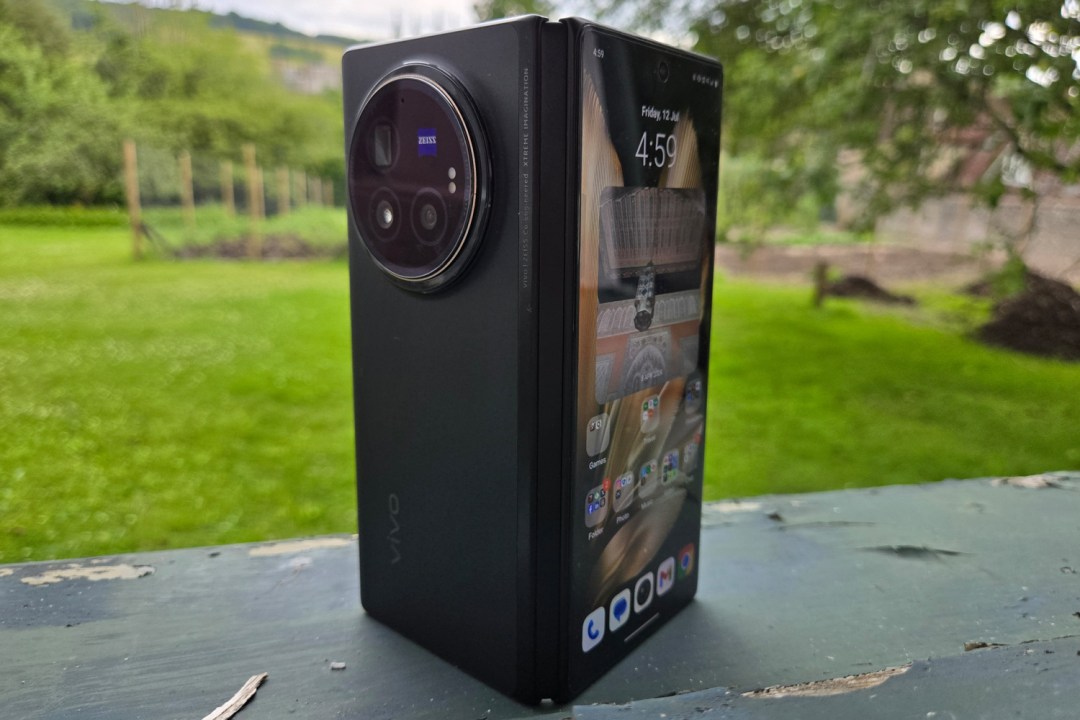
Stuff Verdict
Slim, powerful, long-lasting and with superb cameras, the Vivo X Fold3 Pro beats every other foldable for heroic hardware – Samsung included.
Pros
- The best cameras you’ll find on any foldable right now
- Blistering performance and great for gaming
- Outstanding battery life, with rapid wired and wireless charging
- Seriously thin and light
Cons
- Only on sale in a few regions
- India-centric software won’t be to all tastes
Introduction
Book-style foldables aren’t exactly in abundance on this side of the world, where Samsung rules the roost through a combination of brand recognition and slick software. It’s a different story in China, where the best smartphones simply must have the best hardware. It’s enough to make a phone fan jealous – which is why I’m stoked Vivo has brought the X Fold3 Pro to an international audience.
This featherweight folder has a trio of high resolution cameras, a flagship chipset, and two sizeable AMOLED screens. Add in a monstrously big battery, and there’s little else out there with such a comprehensive spec sheet. It’s not exactly getting a wide release, with India and Indonesia the main markets so far – and at ₹159,999 (roughly $1900/£1500), it’s not exactly cheap.
But that still neatly undercuts the Galaxy Z Fold6, a phone that gives me a strong impression Samsung has taken its foot off the gas on the hardware front. Has Vivo stepped in to fill the gap for those that want the best bang per buck?
How we test smartphones
Every phone reviewed on Stuff is used as our main device throughout the testing process. We use industry standard benchmarks and tests, as well as our own years of experience, to judge general performance, battery life, display, sound and camera image quality. Manufacturers have no visibility on reviews before they appear online, and we never accept payment to feature products.
Find out more about how we test and rate products.
Design & build: thinner winner
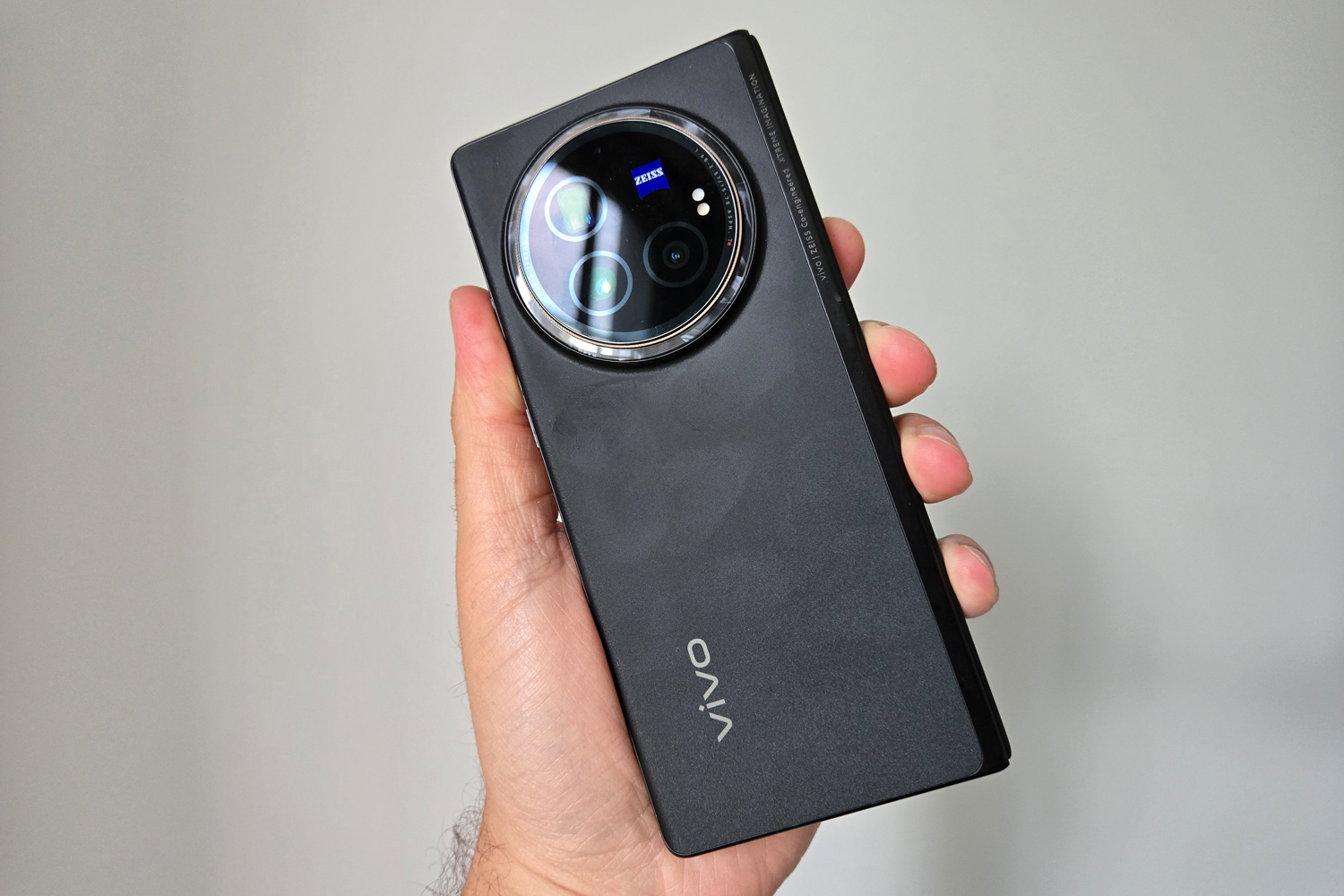
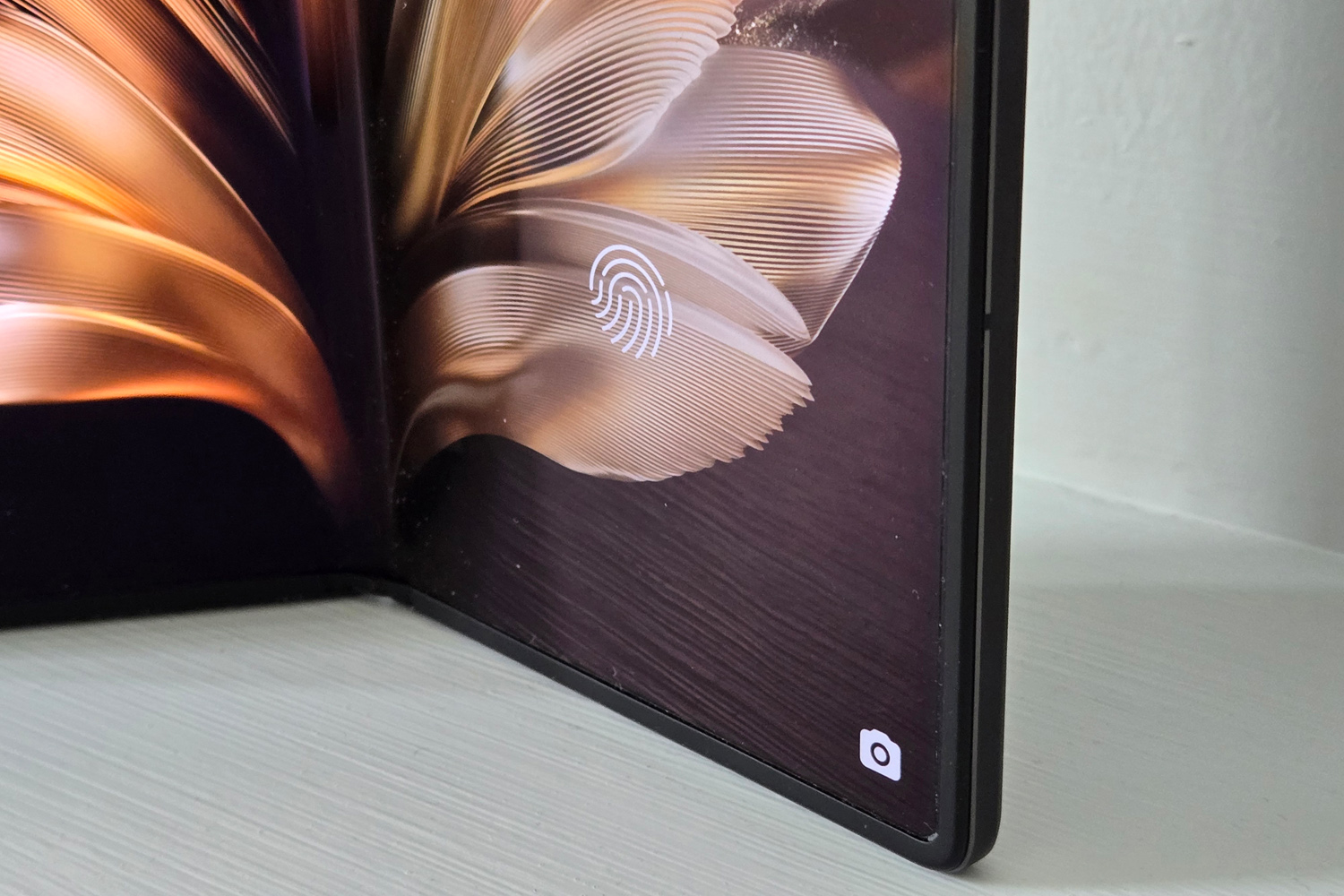
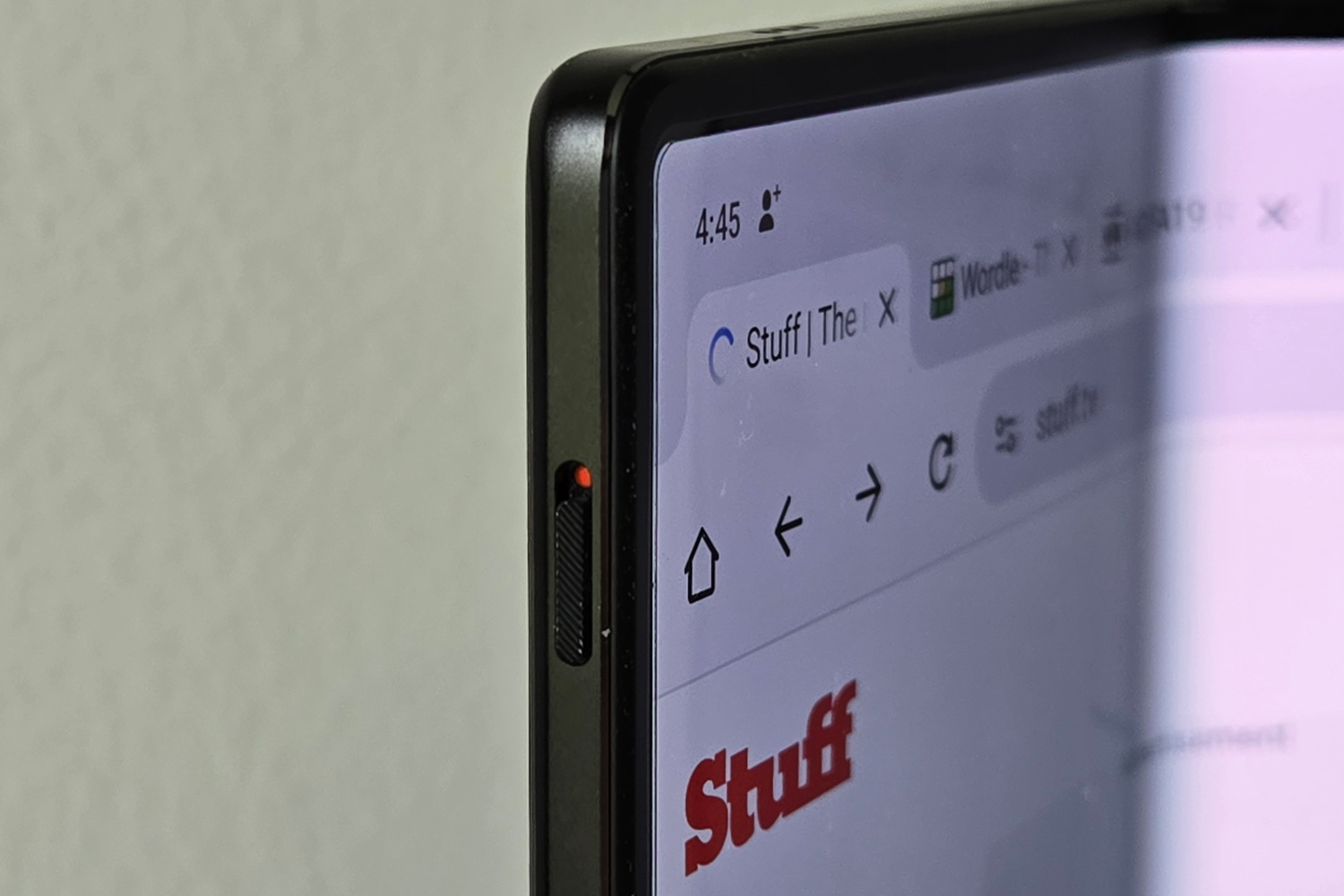
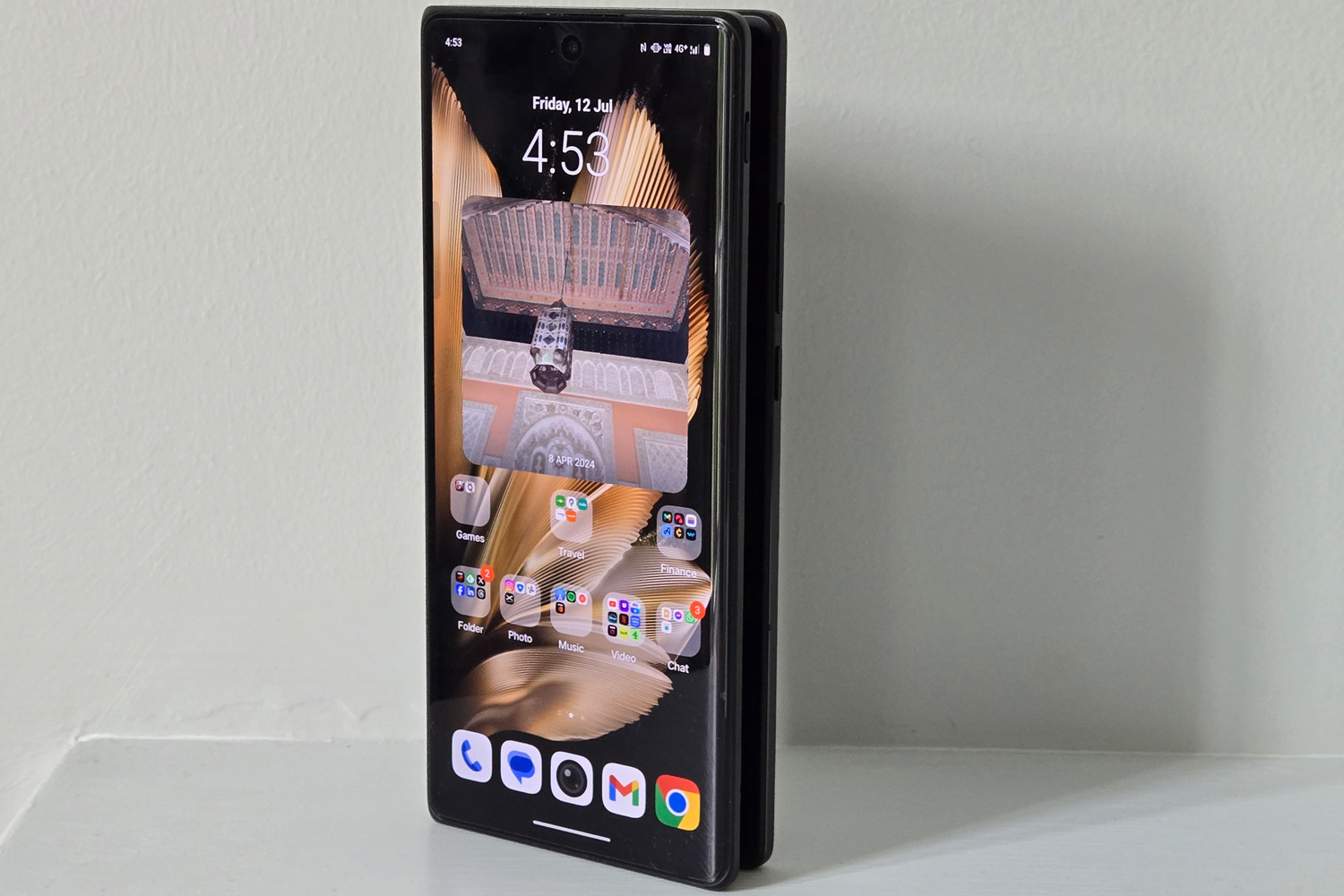
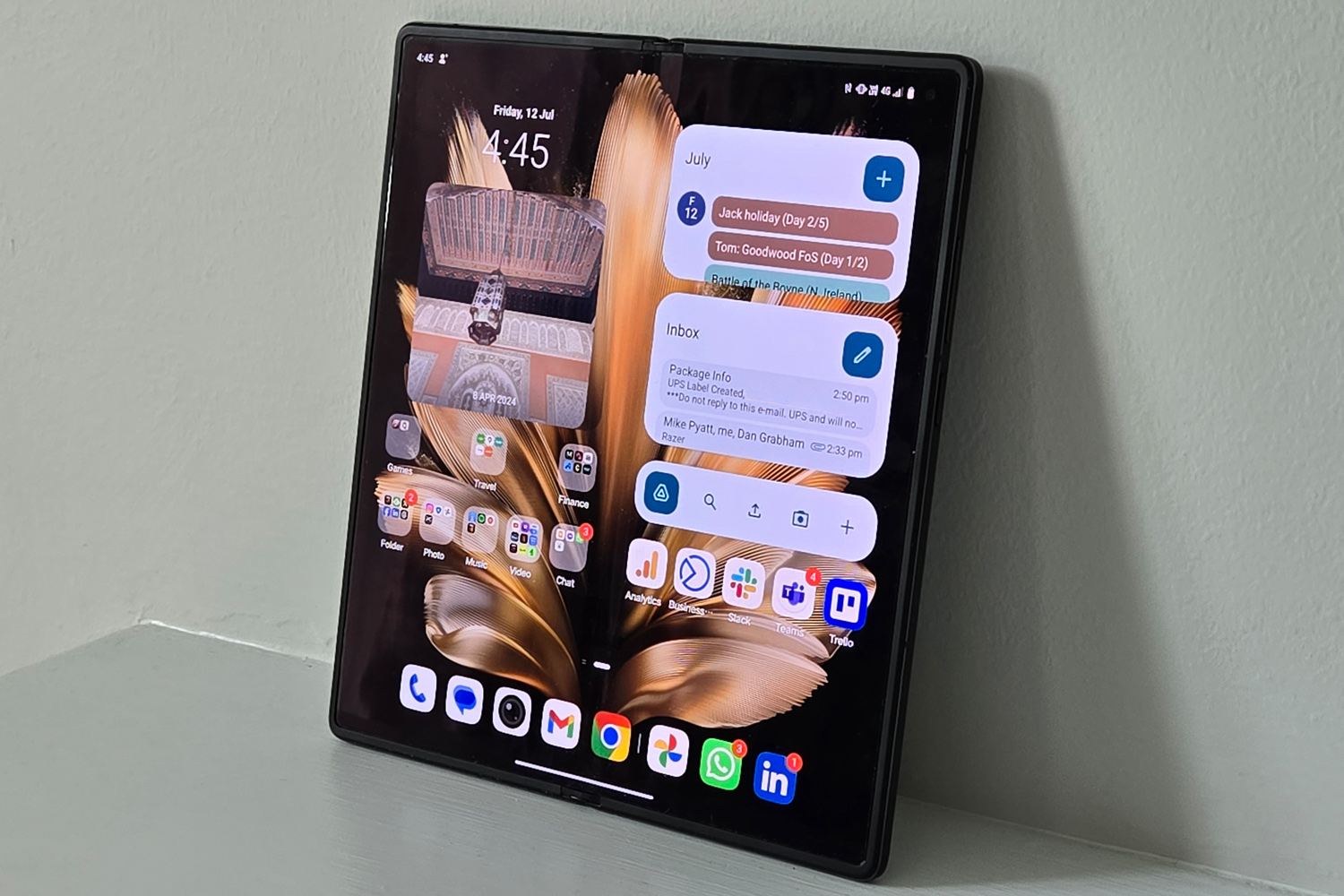
At a ridiculously light 236g, the Vivo X Fold3 Pro is barely any heavier than a traditional flagship phone – and almost as thin when closed. That’s mighty impressive given its palm-stretching proportions. Each half is a barely-there 5.2mm thick, which is only really beaten by the Honor Magic V2. Vivo’s carbon fibre hinge has that phone licked for range of angles it be used in before either snapping open or shut, which it does in a very satisfying manner. The phone folds fully open, too – something the Google Pixel Fold can’t manage.
The giant circular camera bump on the rear panel has a lot in common with the Vivo X100 Pro, including the Zeiss branding and how it protrudes from the glass. Vivo has dialled the cursive branding right back here, which can only be a good thing, and the frosted finish does a great job at hiding fingerprints. The whole thing is IPX8 rated, which is up there with the best foldables for water resistance but a step behind the Galaxy Z Fold6 for dust ingress.
An alert slider at the side feels pinched directly from OnePlus; it’s nice to have, but I’ve barely used it as I keep forgetting it’s there. That’s also the case for the IR blaster at the top of the phone. The one thing I did miss was eSim support, which will be a downer for frequent travellers. It can at least swallow two nano SIMs.
This is the first foldable I’ve used two two under-display fingerprint sensors. The one on the cover screen was the more reliable of the pair, with the one beneath the inner screen needing a second attempt more often. As a left-handed phone user, though, I massively prefer this setup to the side-mounted scanners used by most other foldables.
Screen & sound: picture perfect
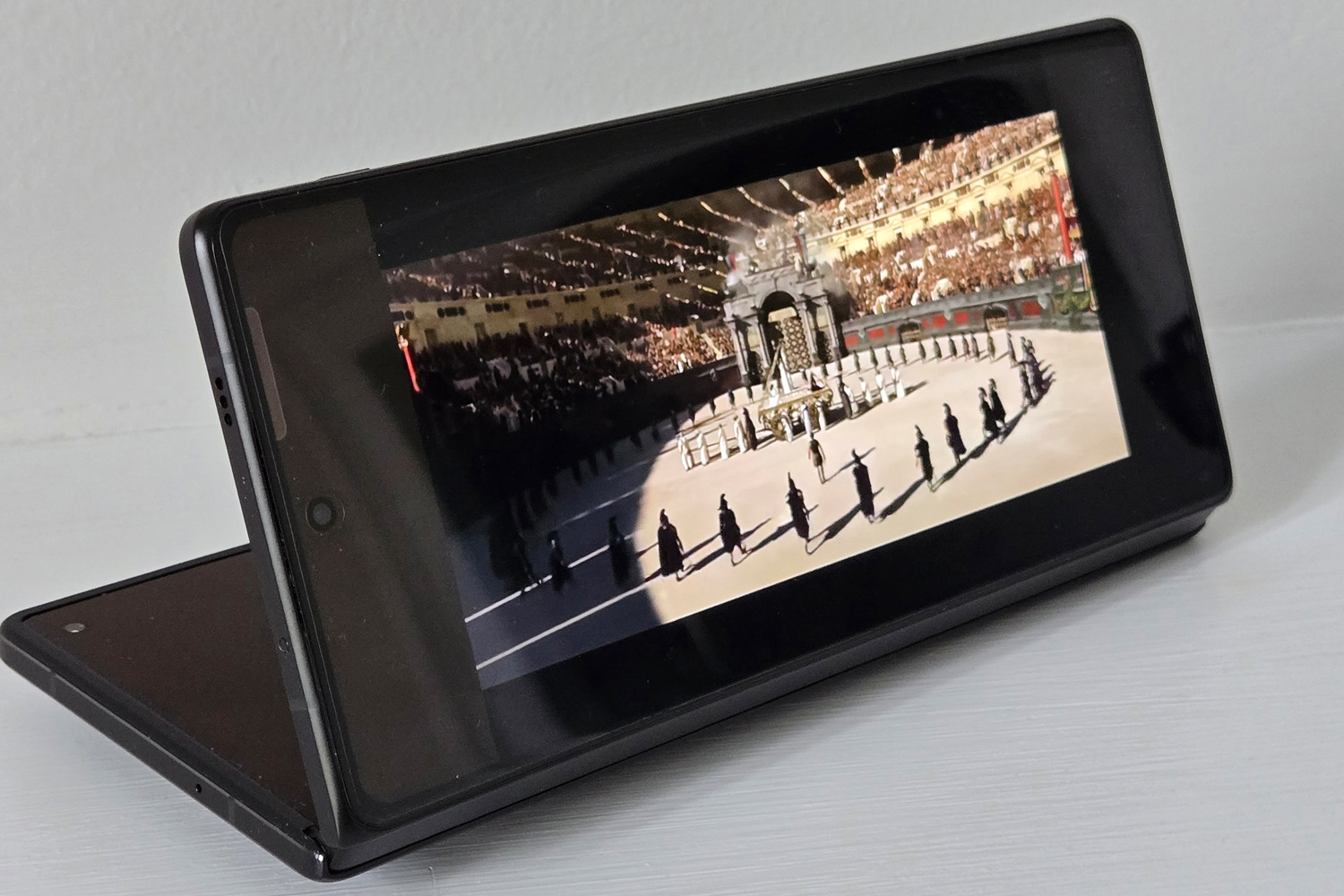
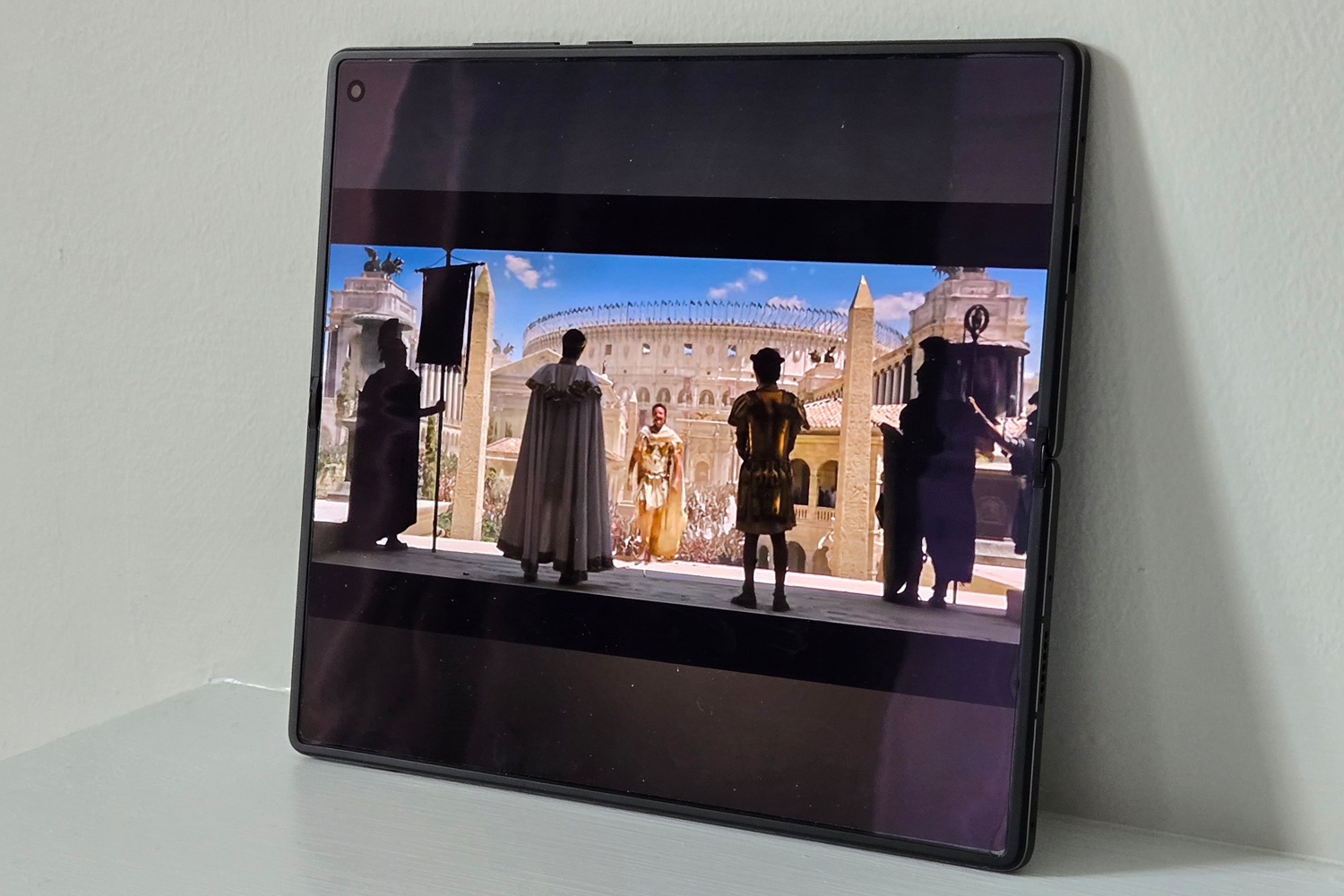
Size isn’t everything – but it’s a large part of what makes the Vivo X Fold3 Pro’s pair of screens so impactful. At 6.53in and with a 21:9 aspect ratio, the outer display is a real monolith, while the 8.03in inner panel dwarfs just about every other book-style foldable. The 4:3 aspect ratio also means black bars don’t eat up nearly as much screen space when streaming TV shows as they do on the square OnePlus Open. The inner screen has a punch-hole webcam rather than a camouflaged under-display sensor, but Vivo sensible stuck it right in the corner. It effectively vanishes from view when watching letterboxed video content.
Both displays have high resolution AMOLED panels with impactful colours and infinite contrast. Photos and videos look properly impactful in the standard display mode, while staying on the right side of realistic. There’s a Professional mode in the Settings menu that’s more subdued, and I appreciate the inclusion of a colour wheel that gives fine-grain control over colour temperature.
LTPO tech lets the adaptive refresh rate dip as low as 1Hz for maximum power saving when showing static images, or up to 120Hz for smooth scrolling and motion. Vivo claims an eye-searing 4500 nit peak brightness – though only for a tiny portion of the screen when showing HDR video. Dolby Vision and HDR10+ are both on board, and both pack a punch. More importantly, both screens easy shine bright enough to read clearly in all conditions. I could leave my sunglasses on when outside on especially sunny days and still see everything clearly.
Top marks to Vivo for making the inner screen’s crease barely detectable, and also for the way the non-removable screen protector keeps light reflections at bay. It’s not on the same level as the Galaxy S24 Ultra’s Gorilla Armor glass, but it’s a major step up from the Galaxy Z Fold6.
Putting the stereo speakers in the upper half of the phone was a smart move; you don’t obscure them when unfolding to use the larger inner screen. They’re on par with every other foldable I’ve tried, with a decent amount of volume and clarity.
Cameras: new benchmark
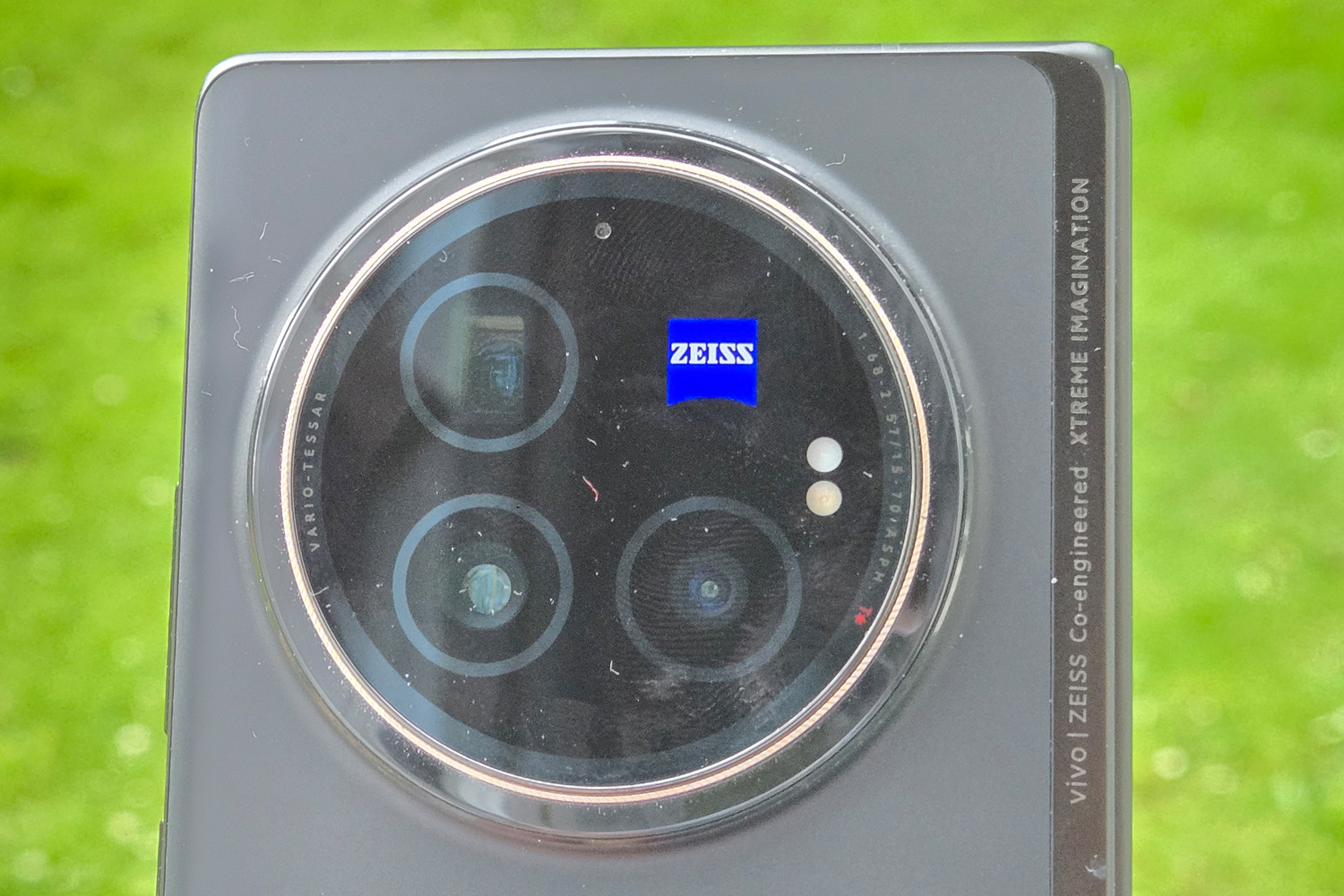
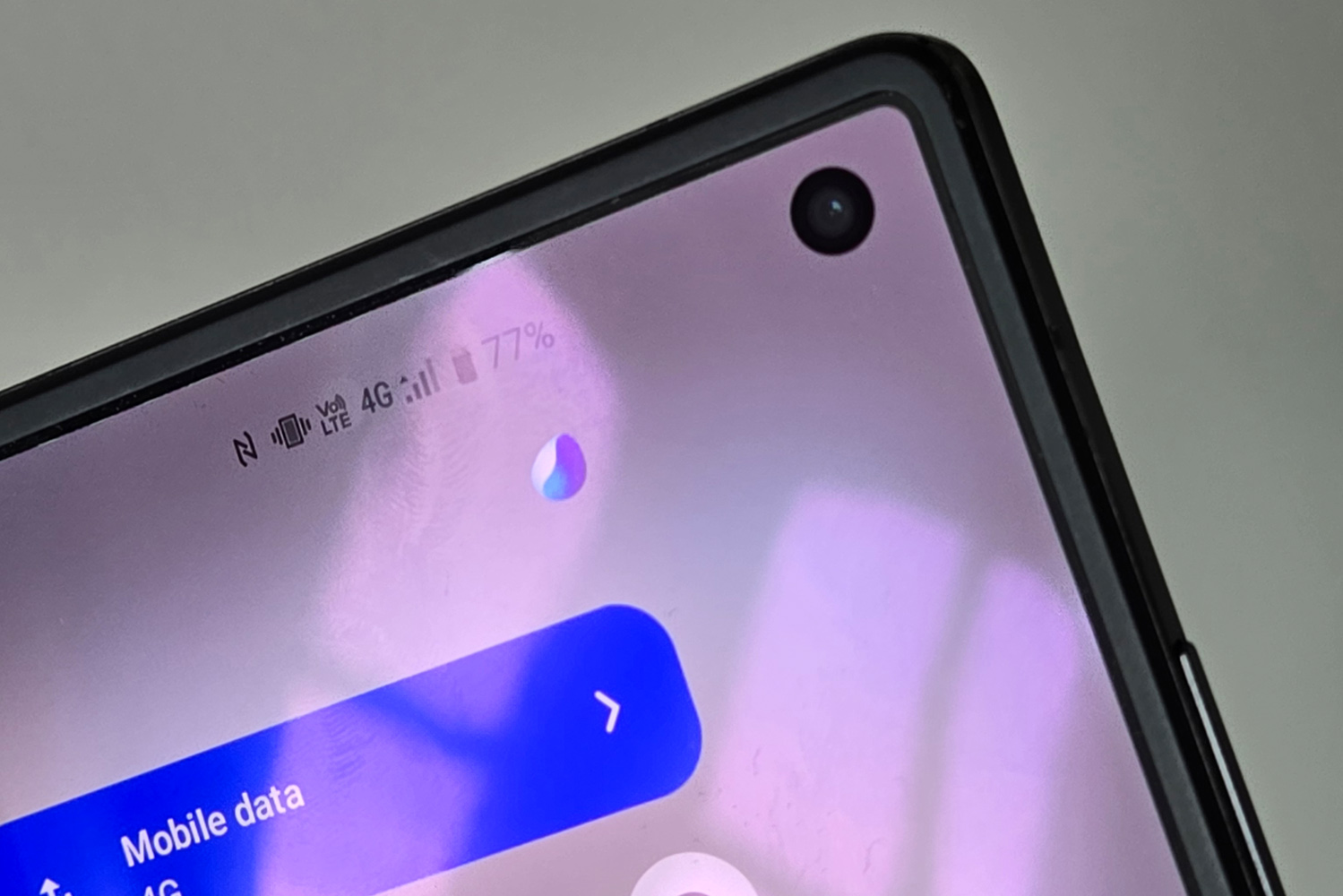
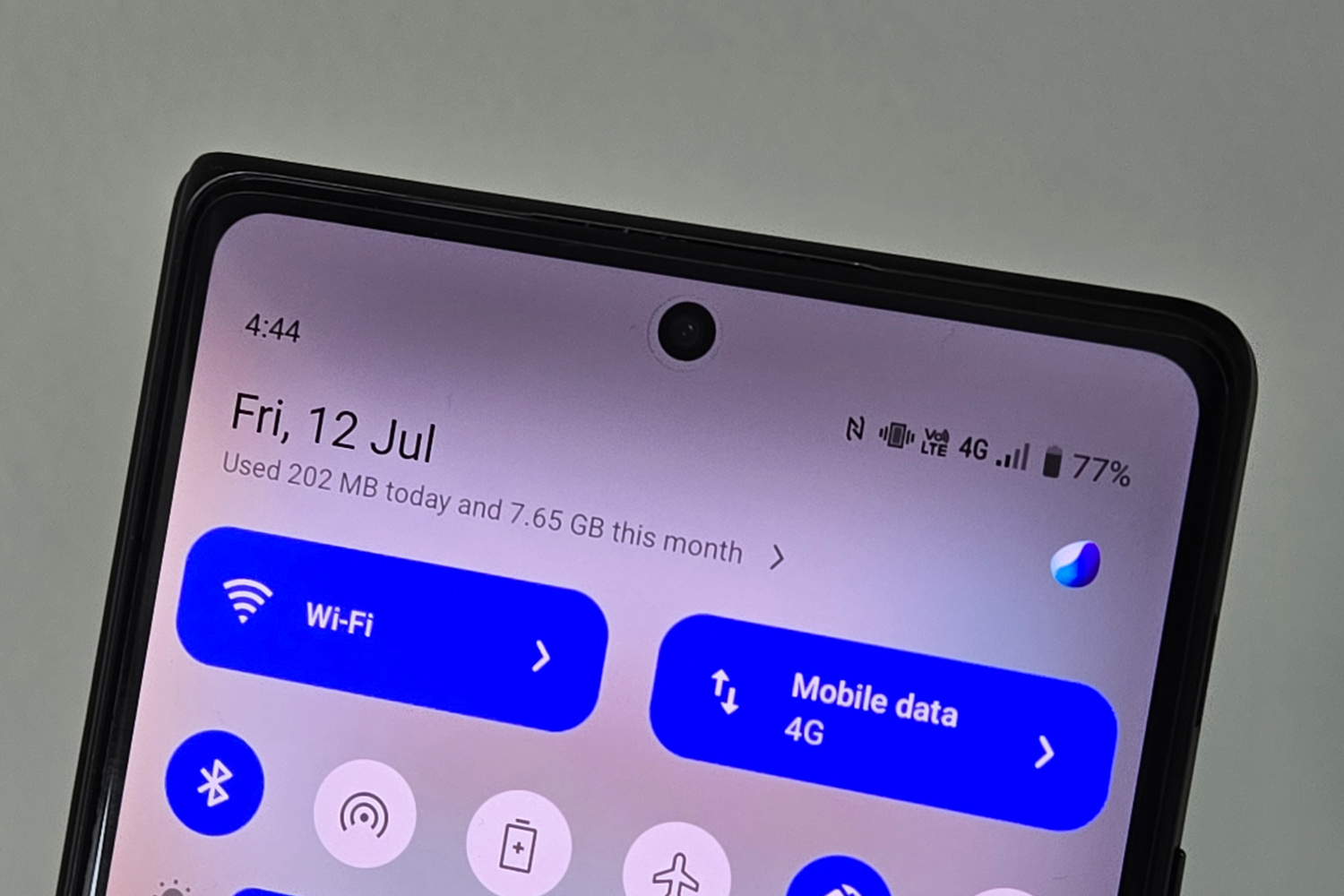
The X100 Pro’s epic 1in main camera sensor may not feature here, but Vivo otherwise pulled out all the stops on the photography front. The X Fold3 Pro has a 50MP lead snapper with wide f/1.7 aperture lens, optical image stabilisation and laser-assisted phase-detect autofocus; a 50MP ultrawide (also with autofocus); and a 64MP periscope telephoto good for a stabilised 3x optical zoom. Zeiss optics and some of the most nuanced image processing of any phone brand then tip it over the edge.
This is a simply brilliant cameraphone, in just about all lighting conditions. It’s easily the best foldable. Pictures are stuffed full of detail, with convincing colours, effective HDR and plenty of contrast. All three lenses are well matched on exposure and colour balance, with very little in the way of visible noise or overly aggressive sharpening.
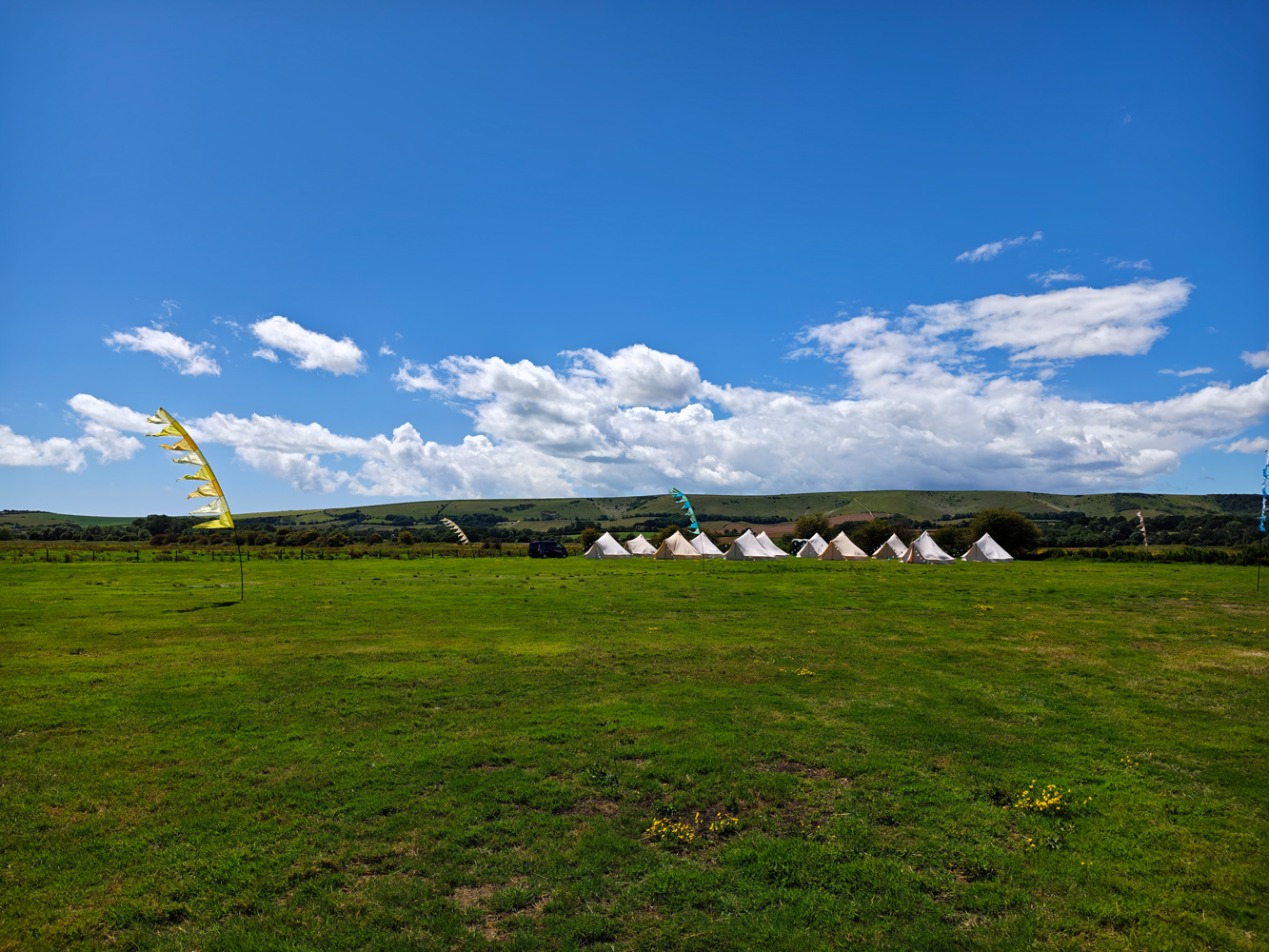
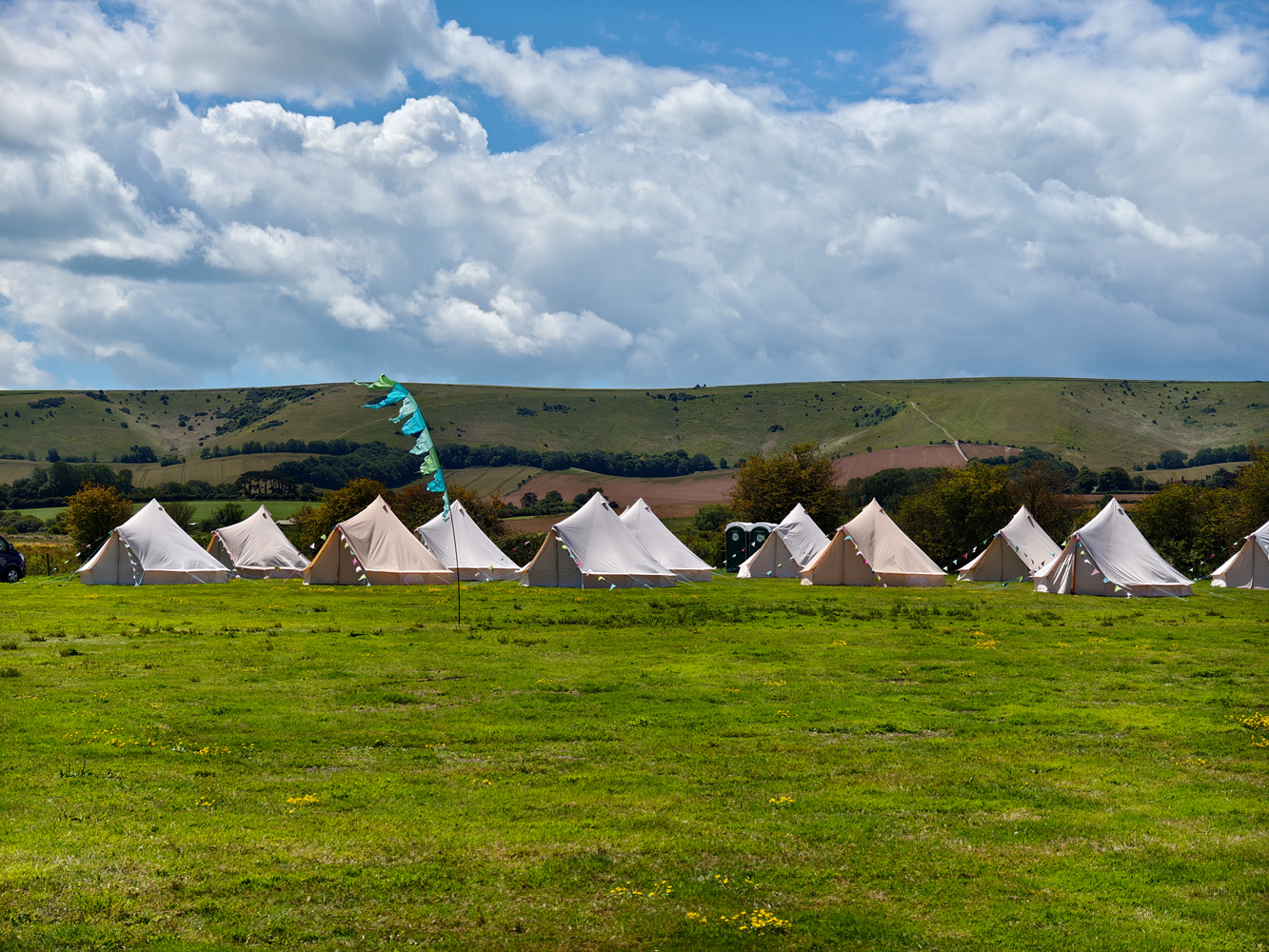




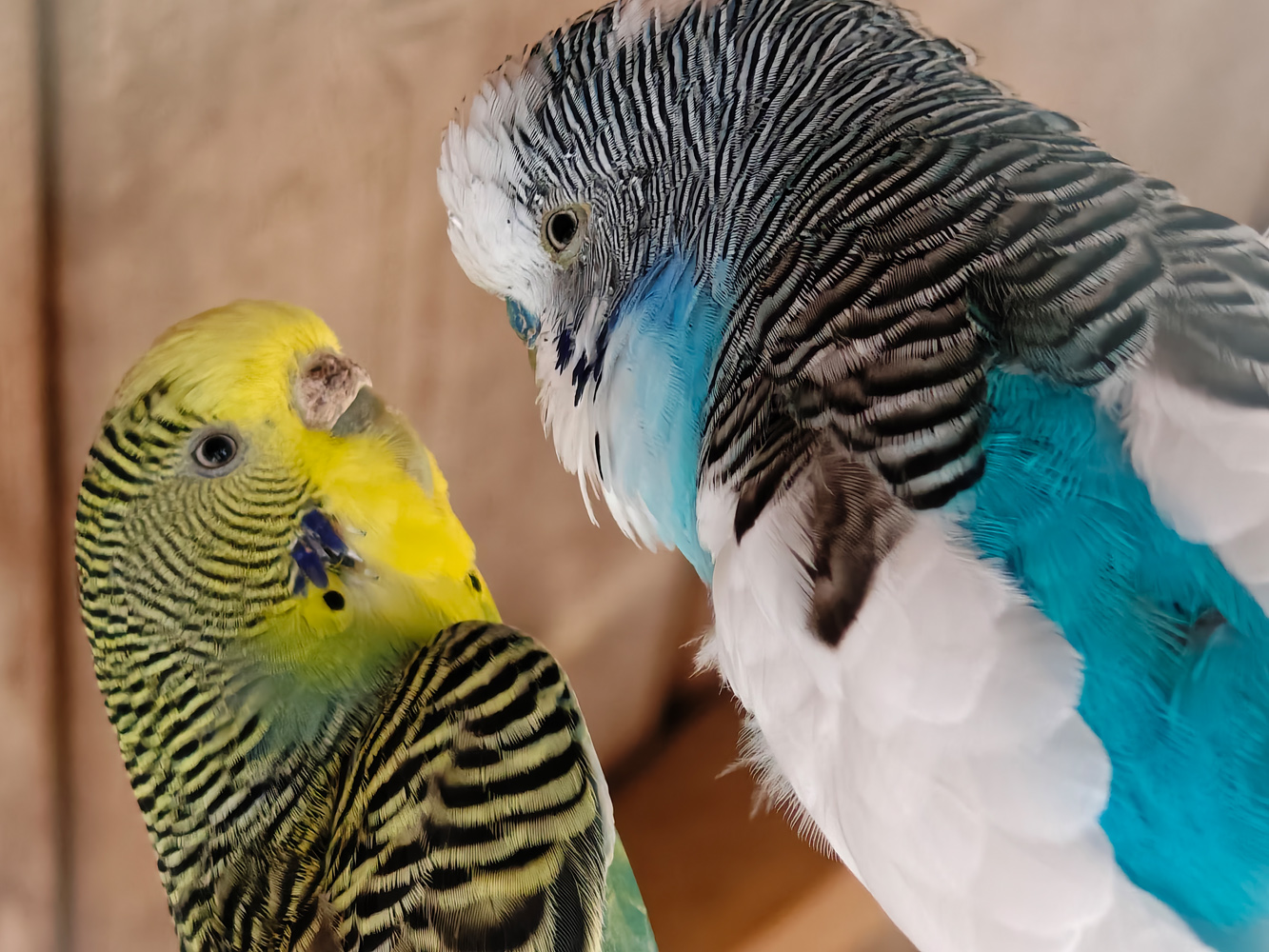




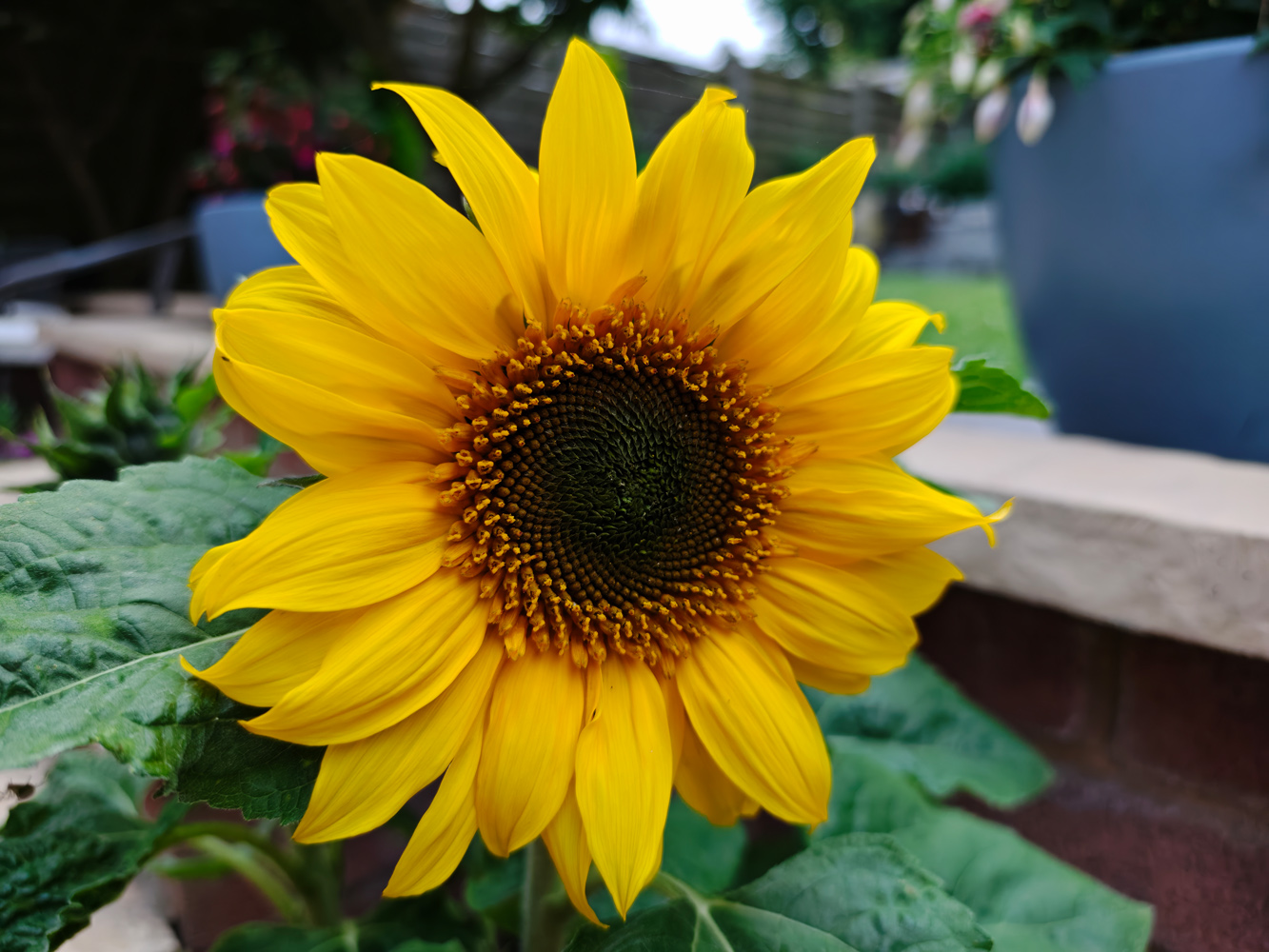



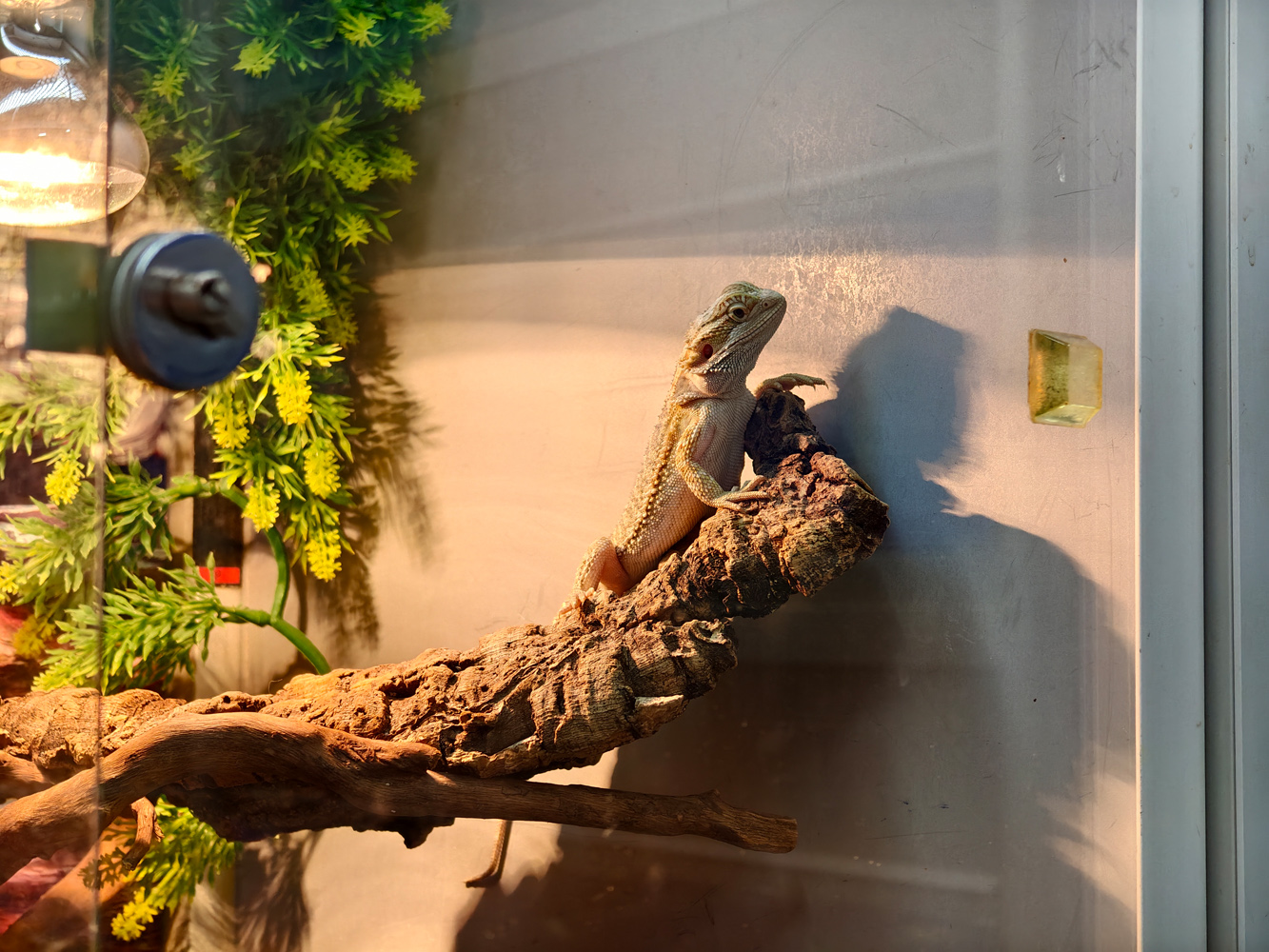

Portraits and close-ups taken with the telephoto show convincing depth blur. They don’t come undone in darker environments either. I definitely picked up some unwanted extra processing on faces and skin, which the X100 Pro was also guilty of; even with facial retouch turned off, there’s a smoothness here that isn’t entirely true to life. It can’t match the best flagship phones for outright clarity, either – but it gets very close. For a foldable, that’s damn impressive.
Software experience: not so fully-featured
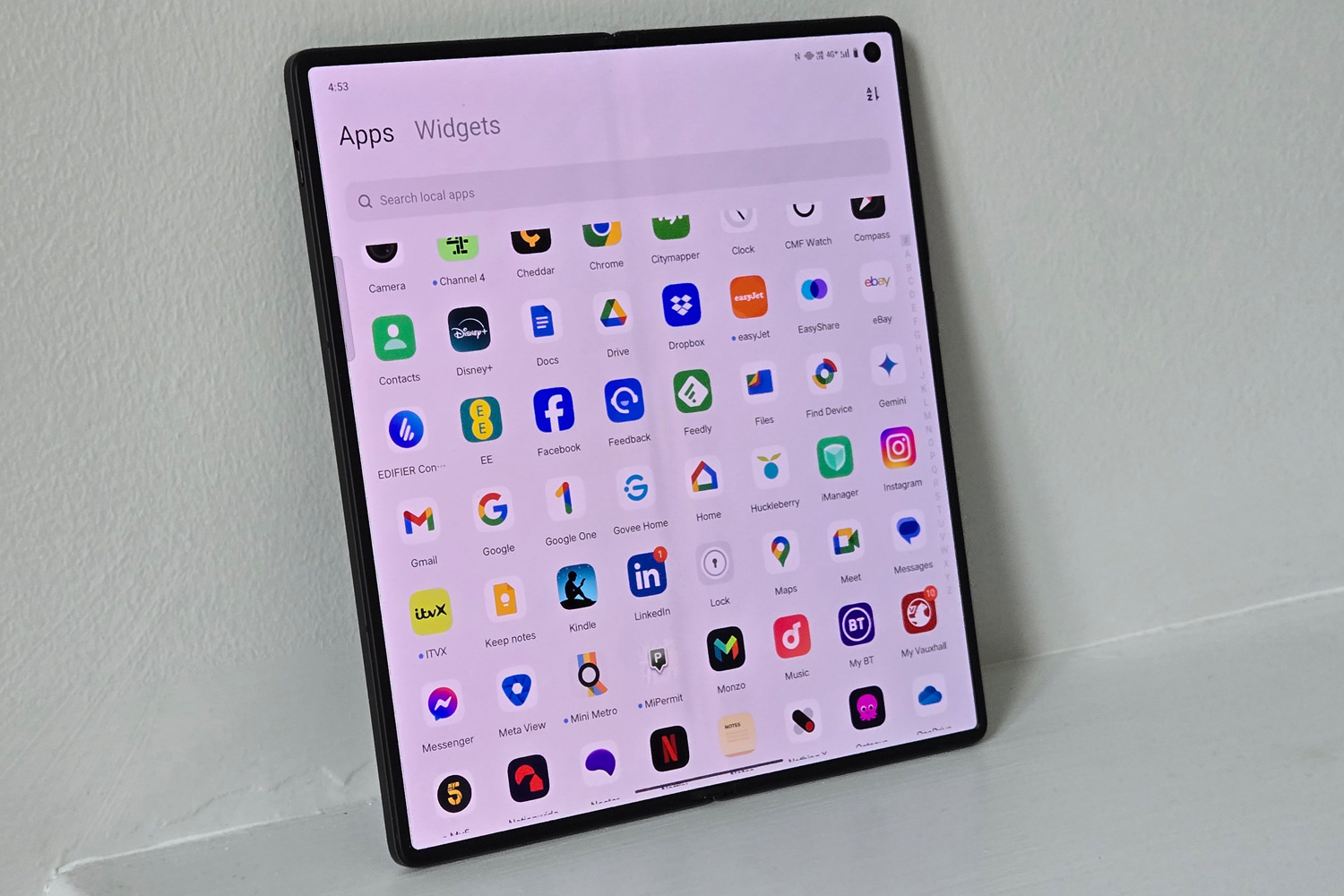
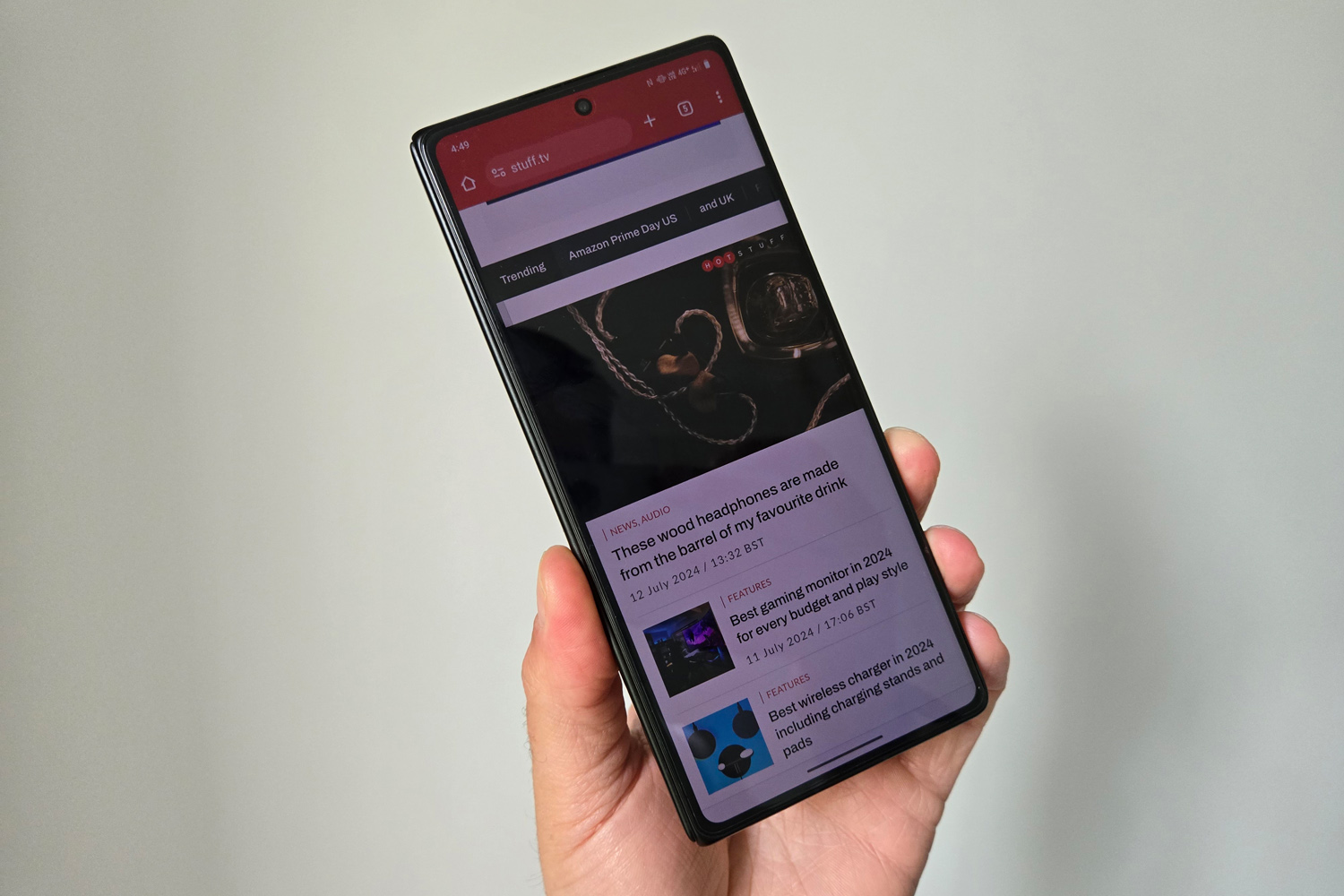

The global X Fold3 Pro variant runs Vivo’s FuntouchOS skin, which sits on top of Android 14. The firm has committed to three years of new Android versions and four years of security patches. That’s not a bad showing, but still half of what you’ll get with a Samsung or Google foldable in your pocket.
My review unit had a bunch of India-specific apps preinstalled, along with a bunch of Vivo’s own. Not all can be uninstalled, and the firm’s bespoke app store is a bit too keen to take over update responsibilities from the Google Play Store, but at least notifications can be silenced fairly quickly. The notes and voice recorder apps are worth keeping around: they piggyback off Google’s Gemini AI algorithms to summarise long strings of text and transcribe audio files. The photo gallery has a magic eraser to delete unwanted distractions, but there’s none of the generative editing smarts you’ll find from Samsung’s latest foldable.
Multitasking on the inner screen uses a combination of the stock Android app toolbar and a bespoke floating menu. Dragging out an app opens it in split view – but only ever with a portrait split. You’ve got to tap the dividing line every time you want a landscape view, which is frustrating. Samsung does a better job here, and the OnePlus Open has both phones beat.
Vivo has added an always-on clock when the phone is propped up like a tent, and opening it up like a laptop turns the bottom half into a touchpad – but there’s so much more the firm could’ve done with the form factor. I couldn’t find any way to use the outer screen with the rear cameras for framing selfies. You don’t get any stylus support here, and no Samsung Dex-style big screen mode either. You’re also limited to two apps in split view, with a third in a floating window. The Galaxy Z Fold6 is still the folding world’s productivity powerhouse.
Performance & battery life: serious stamina
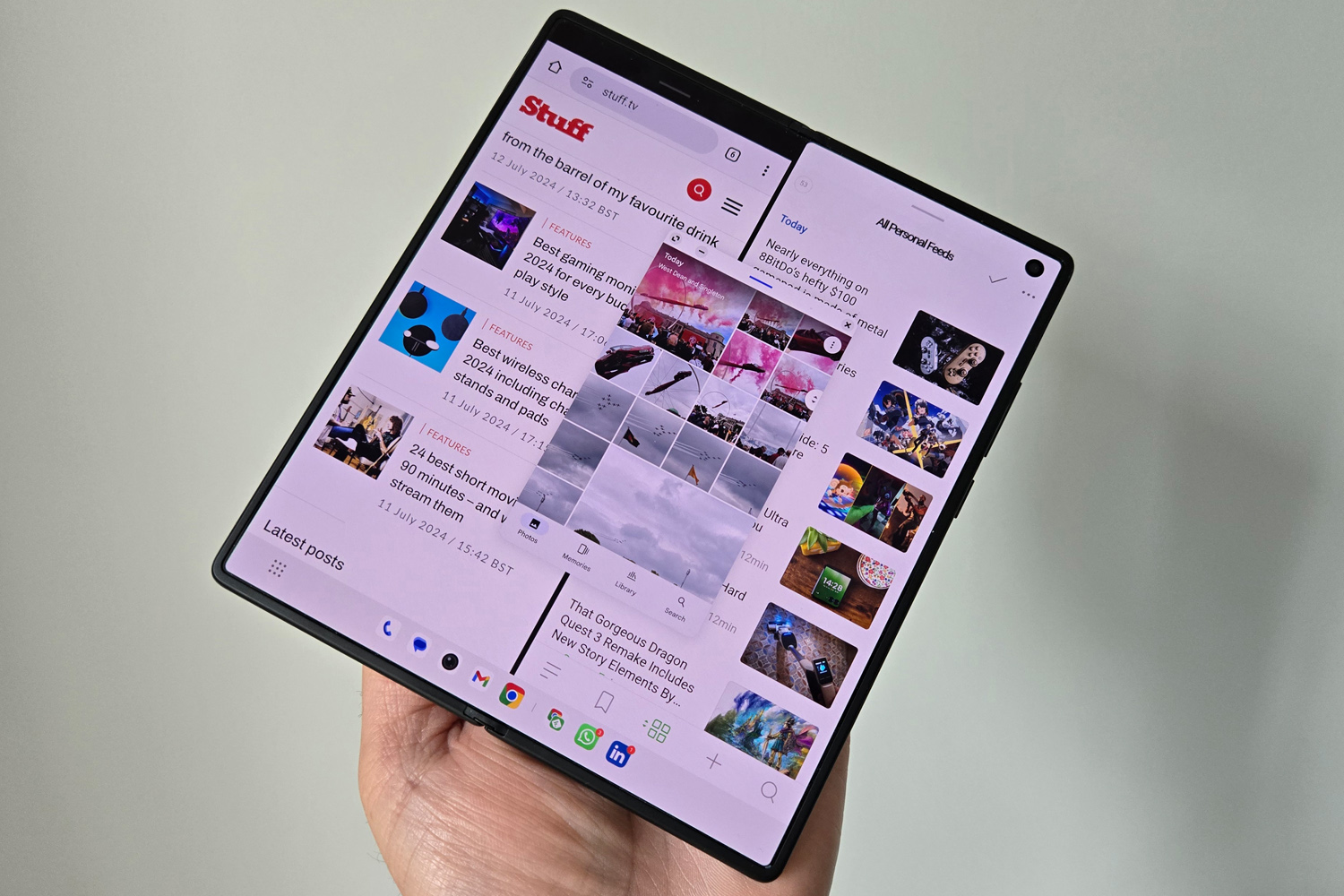
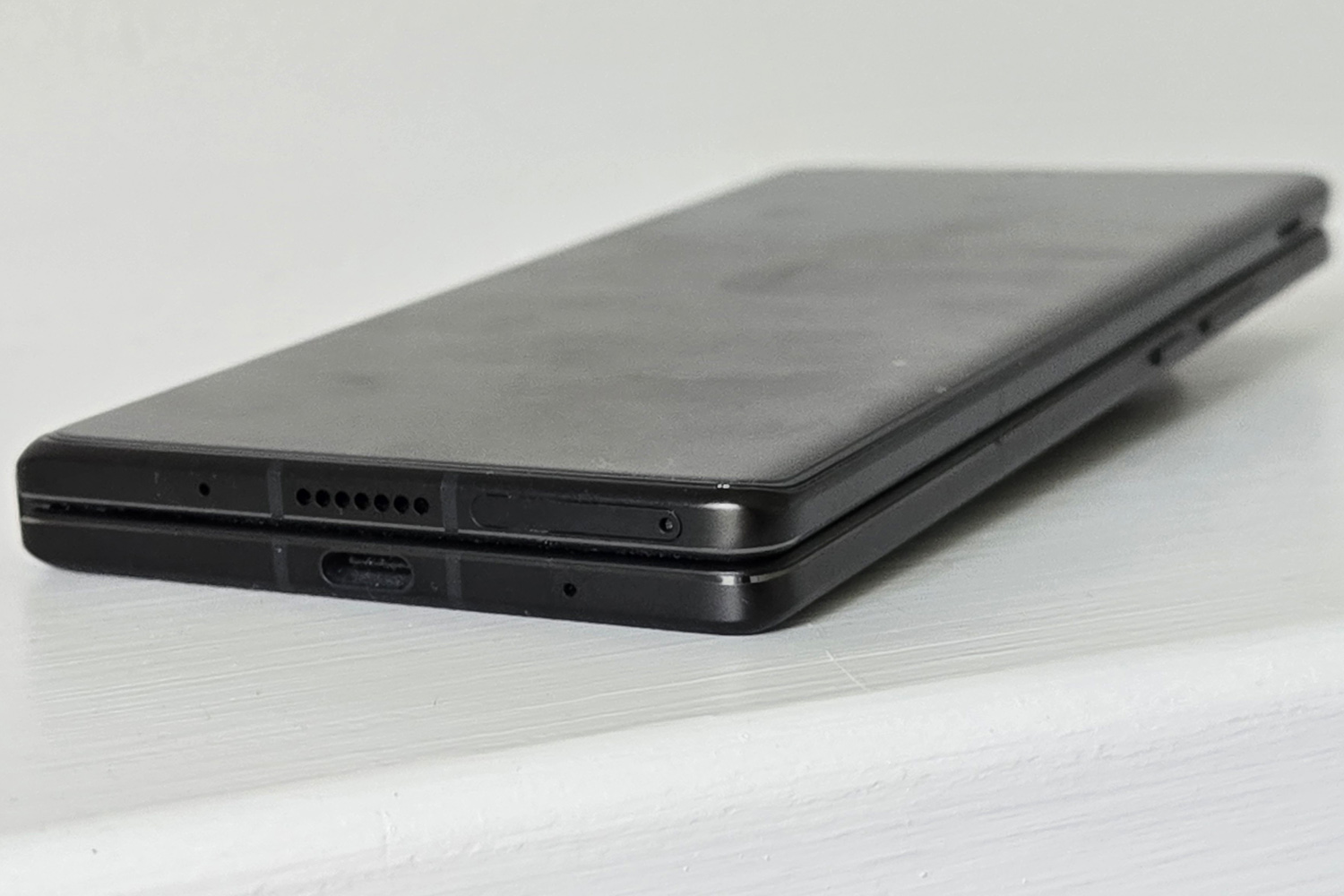
Like any top-tier 2024 phone, the Vivo X Fold3 Pro is powered by a Snapdragon 8 Gen 3 chipset. My review unit had a generous 16GB of RAM and 512GB of storage, but the base model gets 12GB and 256GB respectively.
Either way, it’ll have more than enough oomph to run Android 14 perfectly smoothly. Synthetic benchmarks see it score higher than some traditional flagship phones, and it opens up an especially wide gap to the OnePlus Open (which uses a previous-gen processor). I saw no slowdowns, zero stuttering, nor sluggishness of any kind at any point during my testing. I’m expecting the Galaxy Z Fold6 to be faster still, on account of its custom-tuned silicon, but in day-to-day use I doubt you’ll notice any difference.
Squeezing such a potent processor into a slim chassis was always going to mean the phone gets toasty when under sustained load. A vapor chamber cooling system keeps temperatures largely in check, though, so gaming never dissolved into a slideshow. I was able to play demanding 3D titles like Zenless Zone Zero at high settings on either screen.
Arguably more impressive is this phone’s outstanding battery life. I spent an entire day on mobile data, streaming YouTube videos on the inner display, taking photos and running a hotspot for my work laptop, and still wasn’t in the red before bedtime. The giant 5700mAh capacity is more than you’ll get from any flagship phone right now, foldable or otherwise. Two days is doable if you stick to Wi-Fi and avoid gaming.
Charging speeds are practically unmatched, too. The X Fold3 Pro can manage 100W over USB-C and 50W from a powerful enough Qi wireless pad; on the former I managed a complete refuel using the bundled power brick in just under 45 minutes, or half the time you’d need to fully juice a Galaxy Z Fold6.
Vivo X Fold3 Pro verdict
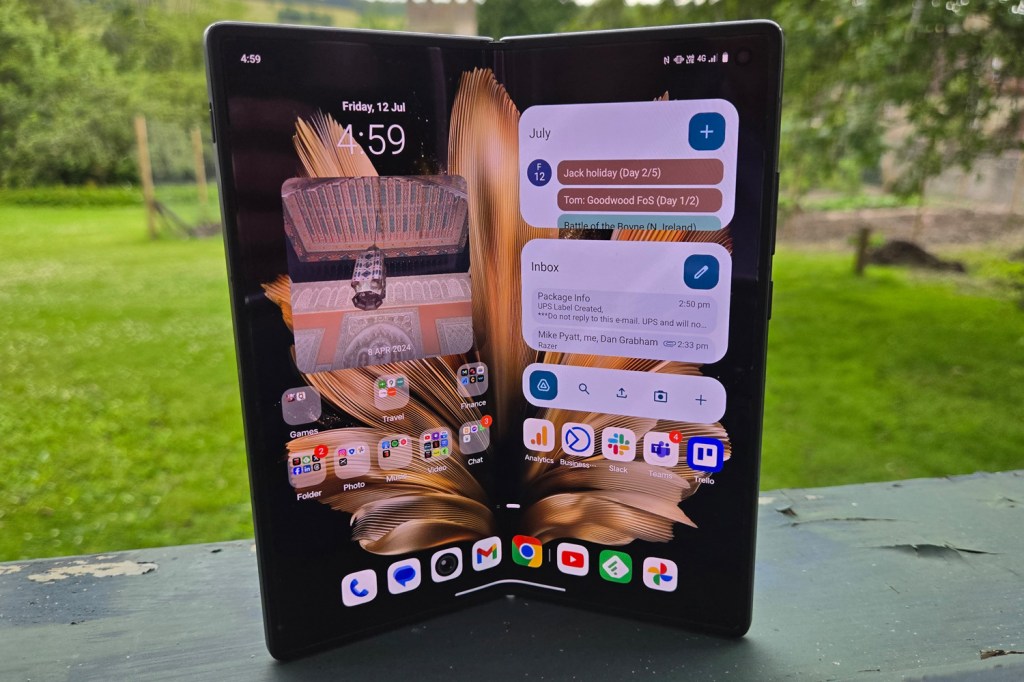
This is hands down my favourite foldable of 2024 so far. The Vivo X Fold3 Pro is as slim and light as a traditional flagship, with equally impactful performance and even better battery life. Charging speeds leave rivals for dust, and its cameras are second to none in the foldable world. Both screens are a treat for the eyes.
Vivo isn’t a class leader on the software front, though, lacking the productivity-boosting features found in the best foldables. The firm’s long-term update commitment is average at best, too. Then there’s the fact most Stuff readers are going to have to import it, which carries its own risks and doesn’t include any warranty.
Buying one will take commitment, then – but those that see it through will end up with a fantastic phone.
Stuff Says…
Slim, powerful, long-lasting and with superb cameras, the Vivo X Fold3 Pro beats every other foldable for heroic hardware – Samsung included. Price, limited regional availability and a few software stumbles aren’t enough to dampen our enthusiasm.
Pros
The best cameras you’ll find on any foldable
Blistering performance and great for gaming
Outstanding battery life, with rapid wired and wireless charging
Cons
Bad stuff 1
Bad stuff 2
Vivo X Fold3 Pro technical specifications
| Screen | 6.53in, 2748×1172, 120Hz AMOLED (cover) 8.03in, 2480×2200, 120Hz AMOLED (inner) |
| CPU | Qualcomm Snapdragon 8 Gen 3 |
| Memory | 12/16GB RAM |
| Cameras | 50MP, f1.7 w/ PDAF, laser AF, OIS + 64MP, f/2.6 telephoto w/ PDAF, OIS, 3x optical zoom + 50MP, f/2.0 ultrawide w/ PDAF rear 32MP, f/2.4 cover + 32MP, f/2.4 inner |
| Storage | 256GB/512GB/1TB |
| Operating system | Android 14 w/ FuntouchOS |
| Battery | 5700mAh w/ 100W wired, 50W wireless charging |
| Dimensions | 160x142x5.2mm (open) 160×73.11.2mm (closed) 236g |



